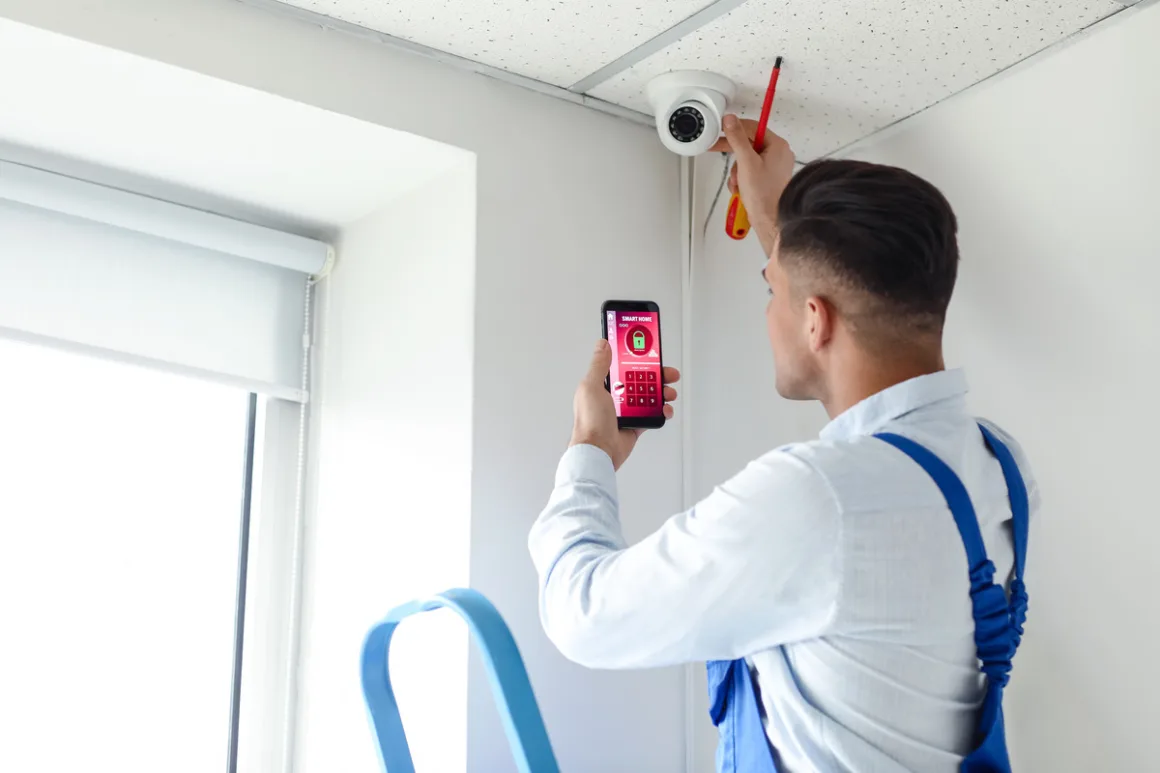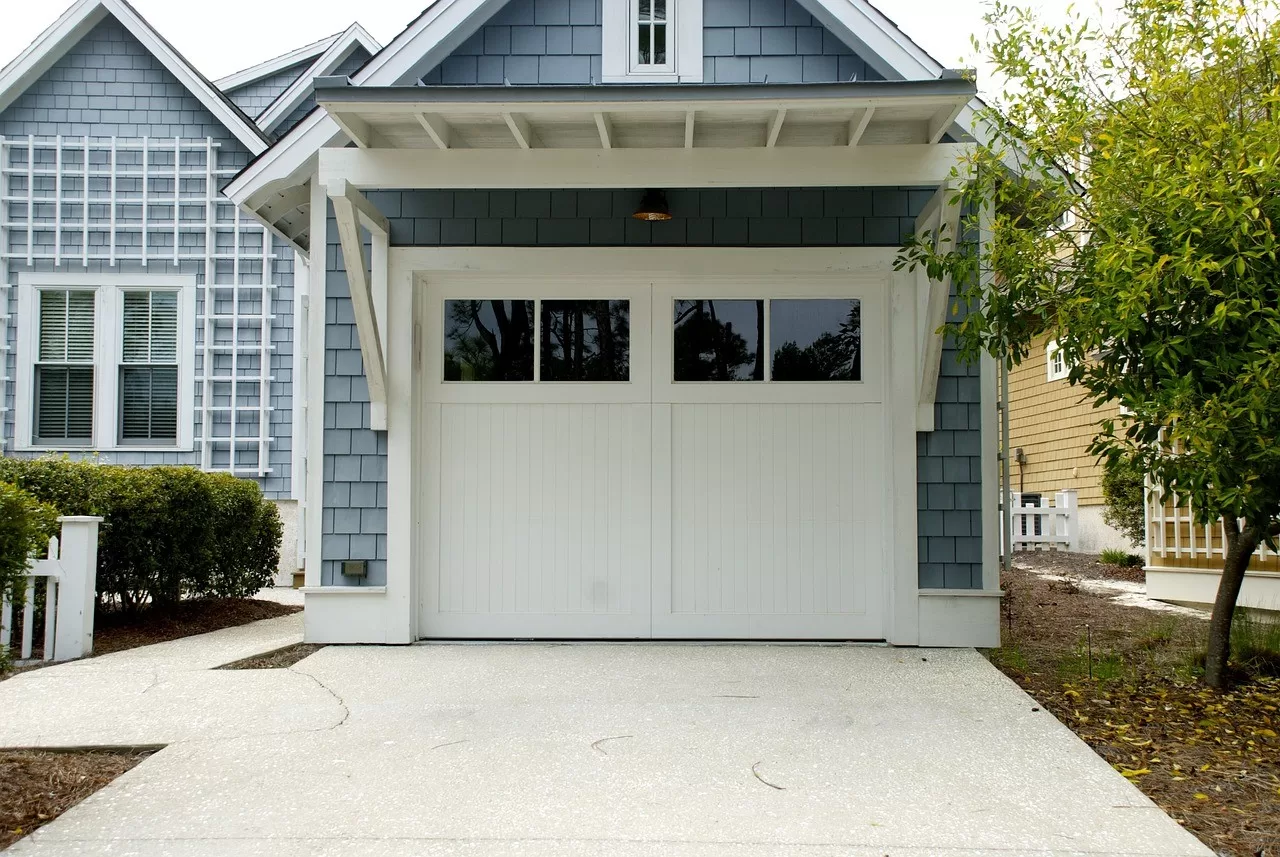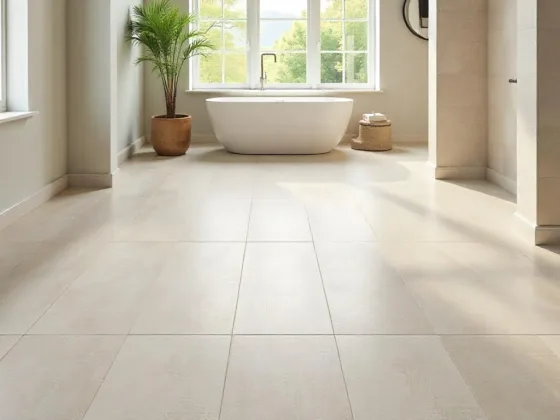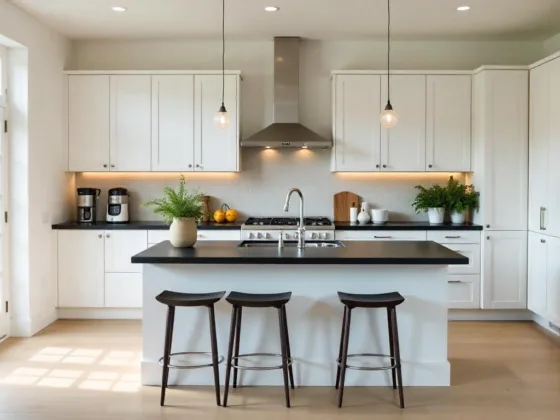Home security concerns have grown significantly with increasing break-ins and package thefts. Many people now seek solutions offering real-time monitoring to protect their homes and loved ones. However, the market is filled with security devices that can be overwhelming to evaluate and challenging to use.
Smart cameras provide a practical and efficient solution for addressing these worries. They deliver real-time updates, clear recordings, and seamless usability, ensuring peace of mind for homeowners. Advanced features like remote access and intelligent alerts add convenience and reliability.
This article explores seven essential features to consider when selecting the best home security cameras for your home. These key elements will help you find a security device that balances functionality, ease of use, and long-term value.
1. High-Resolution Video Quality
Clear video footage is crucial for identifying intruders or analyzing incidents. It allows you to see faces, license plates, and other details that might help during investigations or insurance claims. Without high resolution, important details could appear blurry or unusable.
When choosing a smart security camera, prioritize devices offering at least 1080p resolution. Cameras with 4K resolution provide even sharper and more detailed images, which can be especially useful for larger properties. Higher resolution ensures that every frame captures critical information. Stores like Smart Cameras Australia and others stock a variety of cameras with different resolutions, allowing you to choose your preferred one.
Additionally, high-resolution cameras perform better in low-light conditions, providing enhanced clarity. Look for options with features like HDR to improve image quality in environments with uneven lighting, such as doorways or windows.
2. Wide-angle lens and Pan/Tilt Functionality
A wide-angle lens allows you to monitor larger areas with fewer cameras. This feature minimizes blind spots, ensuring critical zones like entryways or driveways are fully covered. Fewer cameras also mean less installation effort and reduced costs.
Pan/tilt functionality further enhances surveillance by offering flexible coverage. With these features, you can remotely adjust the camera’s view to monitor different areas without repositioning the device. This capability is ideal for tracking movement or viewing multiple angles in real-time.
Smart cameras with pan/tilt features often include presets for quick repositioning. These settings enable you to switch views instantly, enhancing security during live monitoring. Combining a wide-angle lens with pan/tilt options creates a comprehensive, adaptable surveillance system.
3. Night Vision Capabilities
Night vision is essential for capturing clear footage in low-light or nighttime conditions, especially for outdoor security cameras. Criminal activities often occur at night, making reliable nighttime surveillance critical. Cameras without night vision may miss important details, leaving security gaps.
Infrared night vision uses infrared LEDs to illuminate dark areas. This technology produces black-and-white footage, which is sufficient for identifying shapes and movements. It’s a cost-effective solution for general nighttime monitoring.
Color night vision, on the other hand, captures full-color images in low light. This feature provides richer details, like clothing colors or vehicle descriptions, for better identification. While more advanced, it typically requires ambient light or specialized technology. Consider your property’s needs to decide which option is most suitable.
4. Two-Way Audio for Real-Time Communication
Two-way audio allows you to communicate directly through your smart camera. This feature provides convenience and enhances security by letting you interact with visitors or respond to unexpected situations in real-time.
For instance, you can use two-way audio to guide delivery personnel or instruct them on where to leave packages. It’s also useful for checking on family members or pets at home. Beyond convenience, this feature deters potential intruders by making it clear that the property is monitored.
Many cameras offer noise cancellation to ensure clear communication, even in noisy environments. When selecting a smart camera, prioritize models with high-quality microphones and speakers to maximize the effectiveness of this feature.

5. AI-Powered Motion Detection
AI-powered motion detection enhances security by reducing false alerts. Traditional cameras often send unnecessary notifications triggered by swaying trees or passing animals. AI technology addresses this by distinguishing between humans, pets, and objects, ensuring only relevant alerts reach you.
This smart detection capability saves time and prevents unnecessary distractions. It allows you to focus on genuine security concerns while maintaining peace of mind. Many cameras with AI also include options for real-time alerts, providing immediate updates during suspicious activities.
Customizable motion zones further improve targeted monitoring. You can set specific areas, like entryways or driveways, for activity detection. This feature minimizes irrelevant alerts from less critical zones, making your surveillance more efficient and reliable.
6. Cloud and Local Storage Options
Secure footage storage is essential for reviewing events after they occur. Whether it’s evidence for authorities or resolving disputes, reliable access to recorded footage is a key aspect of home security.
Cloud storage offers the convenience of remote access. Footage is stored off-site, allowing you to view it from anywhere using an app or browser. However, cloud storage usually requires a subscription fee and depends on a stable internet connection. It also raises privacy concerns since data is managed by a third party.
Local storage provides an alternative by storing footage directly on devices like SD cards or external drives. This option enhances privacy and avoids recurring costs, but it may be vulnerable to physical damage or theft.
7. Integration with Smart Home Ecosystems
Smart home integration enhances the functionality of your security cameras. By connecting to systems like Alexa, Google Home, or Apple HomeKit, your cameras can become part of a seamless, automated home security setup.
Integration enables voice commands for tasks like viewing live feeds or arming the system. For example, you can say, “Show me the front door camera” to a smart assistant and instantly access the footage. This convenience makes monitoring more accessible, especially for busy households.
Automation further improves efficiency by linking your cameras with other smart devices. Cameras can trigger lights to turn on when motion is detected or send alerts to multiple devices simultaneously. These features ensure a connected, responsive security system tailored to your needs.
Conclusion
Choosing the right smart camera is crucial for effective home security. Prioritizing features the features outlined herein ensures a reliable and comprehensive surveillance system. These elements work together to provide peace of mind and a safe environment for your family.
For added value, consider cameras with solar power options. Solar-powered models are eco-friendly, reduce energy costs, and require less maintenance, making them a practical long-term investment. This feature ensures your camera operates even in power outages.
Additionally, select cameras with tamper detection and built-in alarms for enhanced security. These features can alert you to potential threats while deterring intruders. By choosing smart cameras tailored to your needs, you can achieve a secure and connected home.
FAQ:
When selecting a smart security camera, prioritize models that offer at least 1080p resolution for clear video footage. For even sharper images, especially useful for larger properties, consider cameras with 4K resolution. Higher resolution ensures critical details are captured, which is essential for identifying intruders or analyzing incidents.
Night vision is crucial for capturing clear footage in low-light or nighttime conditions, as many criminal activities occur at night. Cameras equipped with infrared night vision can illuminate dark areas and provide black-and-white footage, while color night vision captures full-color images in low light, offering richer detail for better identification.
AI-powered motion detection reduces false alerts by distinguishing between humans, pets, and objects. This technology ensures that only relevant alerts are sent to you, allowing you to focus on genuine security concerns. Many cameras with AI also offer customizable motion zones, enhancing the efficiency of your surveillance system.
Cloud storage offers remote access to footage stored off-site, but usually requires a subscription fee and can raise privacy concerns. Local storage, on the other hand, keeps footage directly on devices like SD cards, enhancing privacy and avoiding recurring costs, but it may be more vulnerable to physical damage or theft.
Smart home integration allows your security cameras to connect with systems like Alexa, Google Home, or Apple HomeKit. This enables voice commands for tasks such as viewing live feeds or arming the security system, and automation features can link cameras with other smart devices to enhance your overall home security setup.










